The Fascinating History of Moorish Design
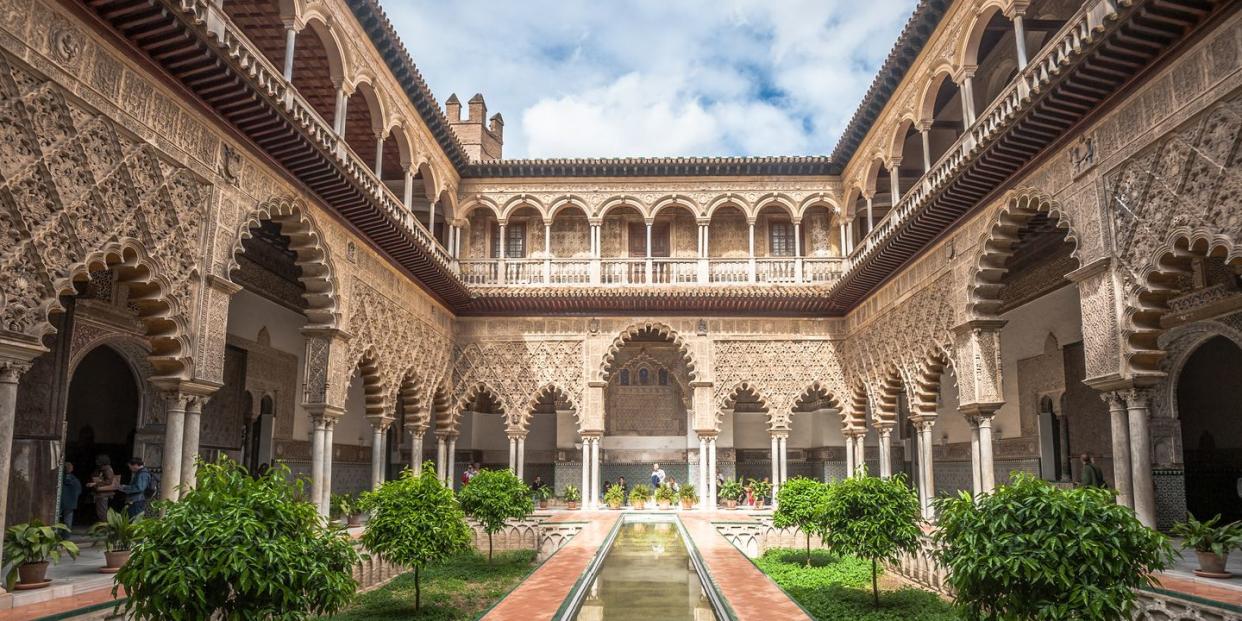
If you’ve been to Córdoba, Toledo, Granada, or Sevilla in Spain, you’ve likely seen Moorish architecture, not only while sightseeing, but perhaps even in your hotel, a restaurant, or boutique. The ornate design style was developed by the Moors, a group from North Africa who conquered the Iberian Peninsula in the eighth century and ruled the region through the 15th century. Throughout that period, both religious and secular architecture—from mosques to fortresses to palaces to private homes—developed its own Islamic-influenced style, which became known as Moorish design.
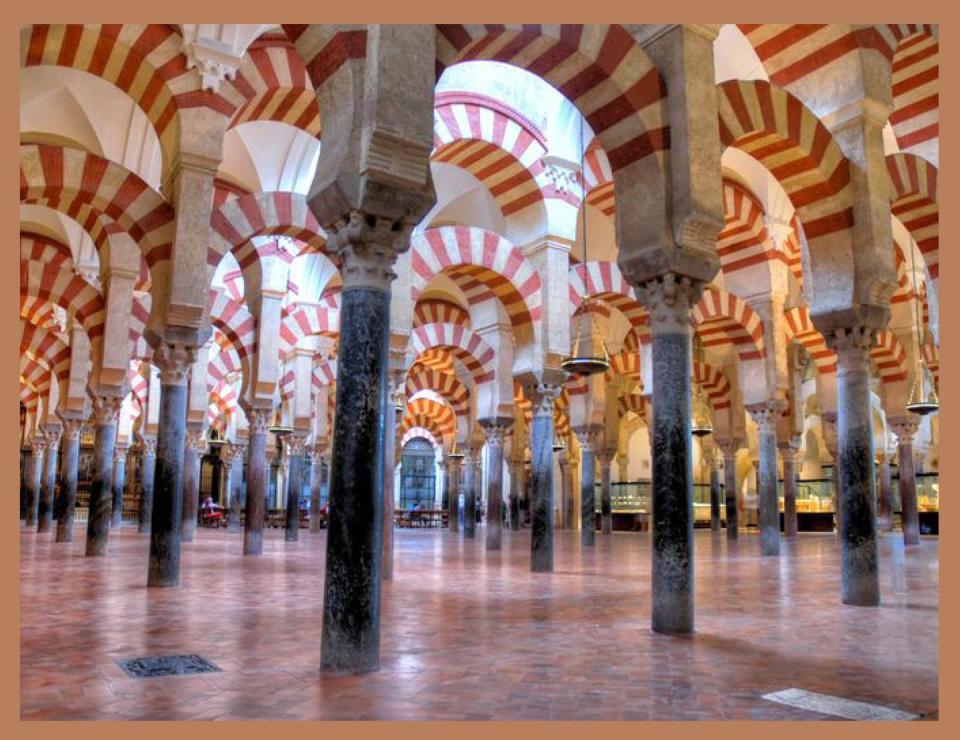
Who are the Moors?
The term “Moor” is derived from the Greek word mavro, which means “black” or “dark,” and it’s an exonym (that is, a name created by outsiders for a specific ethnic group) for the Berbers from the Maghreb region of North Africa. The name was originally given to the Berbers who conquered southern Europe in the eighth century, but it was eventually bastardized to refer to anyone of Arabic or African descent in Europe. The bottom line: “Moor” is a pretty imprecise descriptor. But when it comes to Moorish design, the Moors are specifically the Muslim group who conquered what is now Spain and Portugal.
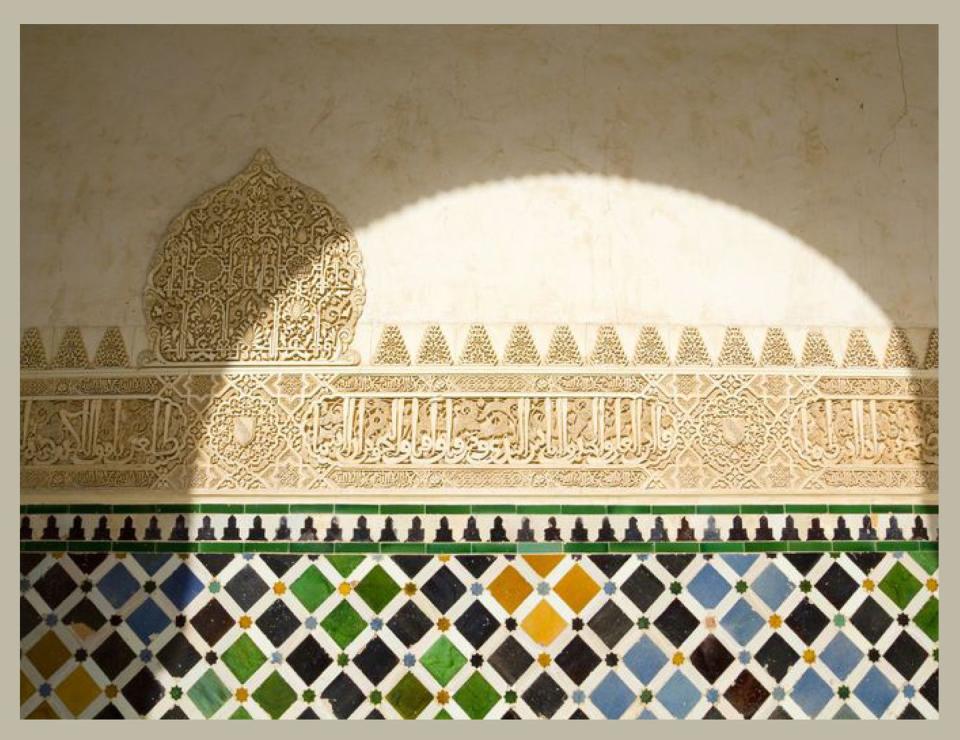
Want more beautiful homes? We’ve got plenty. Let’s swoon over them together.
What are the characteristics of Moorish design?
In a nutshell, Moorish design is a subset of Islamic design, and it’s known for its elaborate ornamentation (think colorful tilework and plasterwork patterns, from abstract geometry to floral-inspired motifs to Arabic calligraphy), horseshoe and multifoil arches, and honeycombed vaults called muqarnas, or mocárabe in Spanish. Some of the best examples of Moorish architecture are the Alhambra in Granada, Spain, and the Grand Mosque of Cordoba, Spain, though you can find the design style everywhere from Morocco to Sicily.
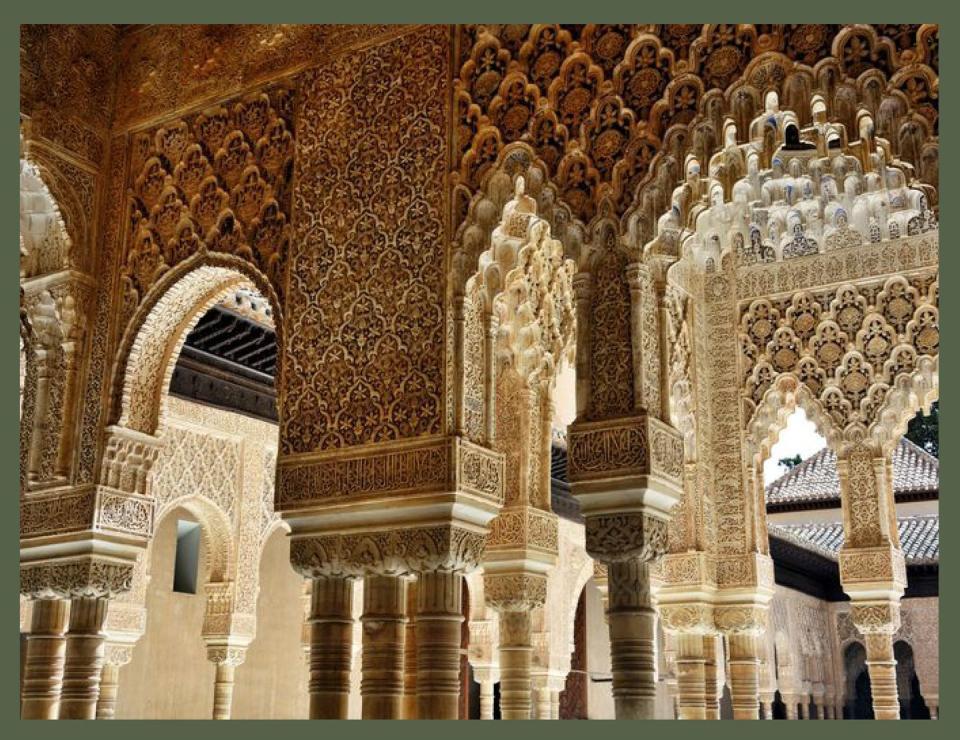
How does Moorish design differ from Islamic or Múdejar design?
Islamic design is often split into two categories—that of the Arab nations and that of the lands they conquered. While there are plenty of commonalities between the two, every region developed specialties—Moorish design is specific to the Islamic architecture of the Iberian Peninsula.
Múdejar design, on the other hand, was a descendant of Moorish design—in the 11th and 12th centuries, Moorish design was adapted by Christian architects and patrons, where it was combined with Romanesque and Gothic Christian typologies. “It features similar intricate layering of the Moorish stencils, but often set in stone instead of paint, and it is also characterized by pointed arches layered with smaller circular arches,” says Joshua Zinder, managing partner of design firm JZA+D and the 2021 president of AIA New Jersey. “It remained popular well into the 20th century. Even the Proto-Modernist Gaudí played with this style in his Casa Vicens in Barcelona.”
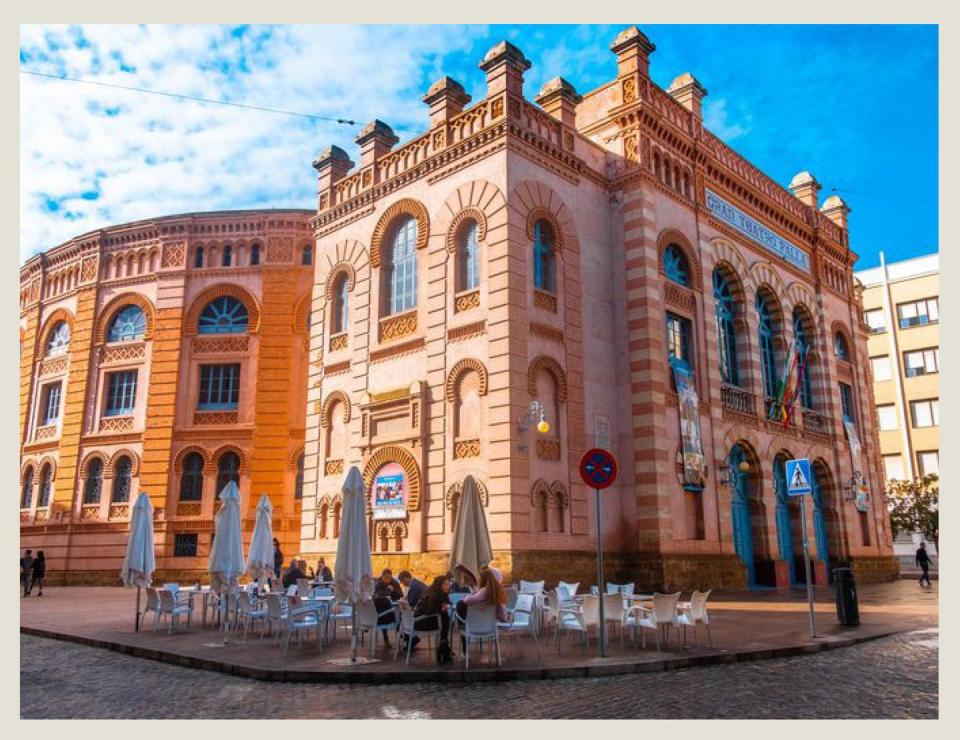
What about Moorish Revival Architecture?
Moorish Revival refers to Moorish-style architecture of the 19th and 20th centuries, most notably in Europe and the United States—and particularly in California. “It was related to the Mission Revival and Spanish Colonial Revival, which harkened back to a romantic ideal of old California and its ties to Spain,” says Christina Dikas, associate principal and senior architectural historian of Page & Turnbull, a California-based preservation firm. “Moorish architecture added horseshoe arches, interlacing arches, and elements also used in other Spanish Revival styles like courtyards and tilework. I definitely think of it used in a most high-styled fashion in historic theaters, but also in commercial buildings sometimes and occasionally in residential buildings.”
Follow House Beautiful on Instagram.
You Might Also Like

